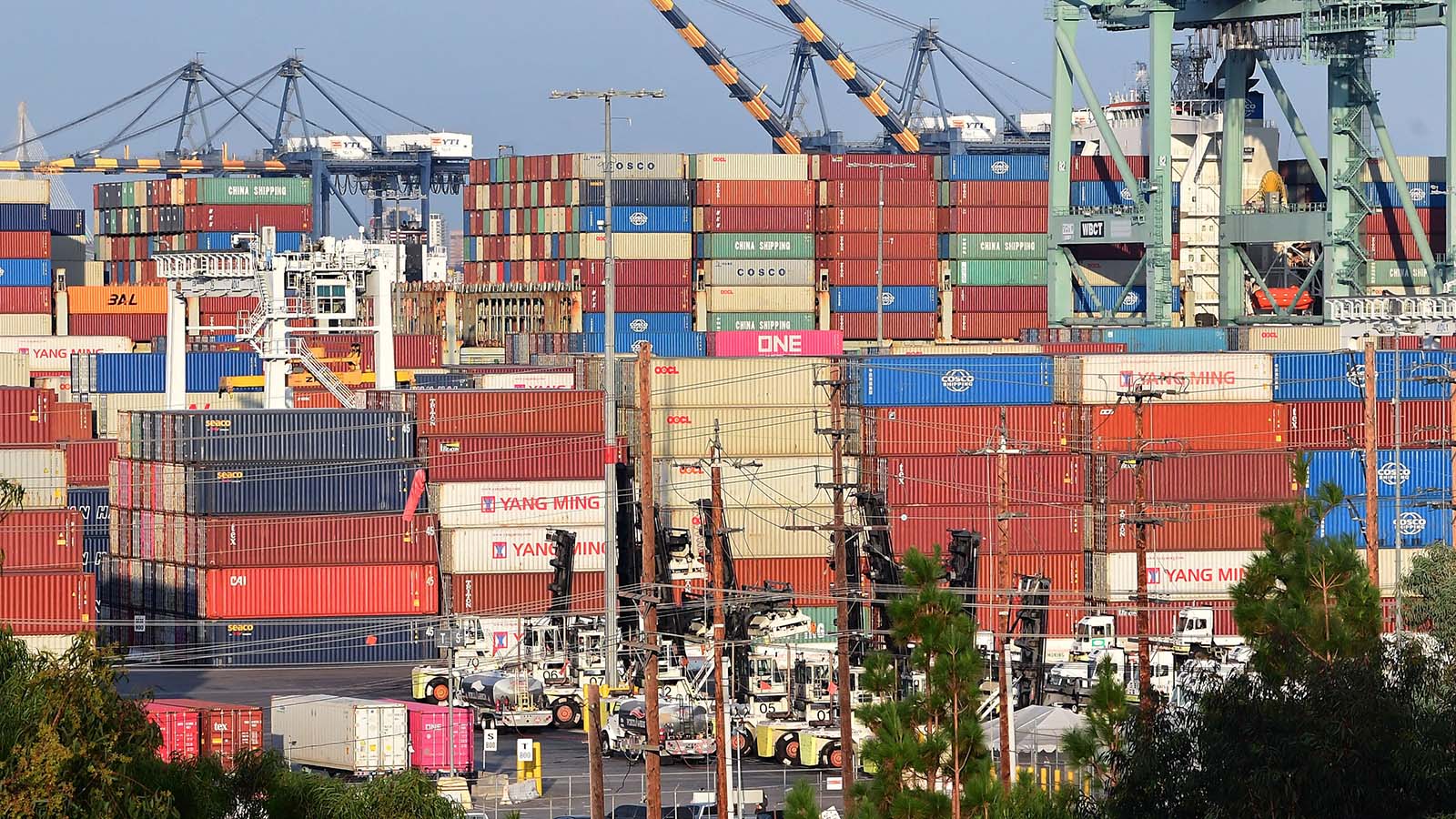Supply chain resiliency and sustainability for the festive season
Supply chain sustainability is a necessity

With the holiday season fast approaching, many picture hundreds of people flocking to stores to grab bargains. But unlike previous years, it’s not a website's availability to cope that will concern retailers... Global supply chains are under severe pressure.
According to IBM’s 2021 holiday shopping and travel outlook research, consumers are shopping early this year. 44% of consumers planned to jumpstart holiday shopping before November, weeks earlier than the traditional “Black Friday” start date in the US. And on top of this, 4 in 5 consumers say they are considering sustainability when shopping for the holidays this year.
Jonathan Wright is Managing Partner at IBM Consulting.
And this ultimately means that businesses are facing pressure to create more resilient but at the same time, sustainable supply chains. All of this points to an inescapable fact impacting modern retail: building a resilient and sustainable business – across the entire supply chain - is no longer just a strategy: it’s a necessity.
Supply chain leaders are operating in the dark
Reaching supply chain sustainability goals requires a global, accurate, view of your suppliers, a real-time view of inventory, and the ability to share data across your supply chain ecosystem in a trusted way. But the truth is, all too often supply chain leaders operate in the dark.
And amid the global supply chain disruptions, as festive shoppers rush to buy, a lack of awareness on how much inventory businesses have and where it is, could mean that stores end up over ordering, and have too much working capital tied up in inventory to avoid stockouts.
This creates a ripple effect, generating waste in other areas, like warehousing and logistics. And if you lack transparency and data sharing with your deep-tier suppliers, it’s incredibly difficult to track product provenance – from point of origination to delivery – in a trusted and controlled way to identify supplier risk and protect your brand. Fortunately, technology can help overcome the visibility and data sharing challenges and enhance your existing supply chain processes to create a sustainable and profitable path forward. Here are three high-value places businesses should focus on first.
Provide consumers with an omnichannel experience
Leading retailers and brands are hyper-focused on omnichannel order fulfillment. And as more people flock to buy their holiday gifts, it’s never been more important to give customers the right products at the right time and place. But the opportunity also exists to do this in a greener way.
Are you a pro? Subscribe to our newsletter
Sign up to the TechRadar Pro newsletter to get all the top news, opinion, features and guidance your business needs to succeed!
Using cloud and AI technologies to enhance and extend existing order management systems, you can purposely source inventory that’s closer to the customer. This not only addresses the heightened demand we are currently seeing, but also reduces your carbon footprint.
An intelligent fulfillment platform can also perform reverse logistics to accelerate the process of return sorting, product re-merchandising and repair lifecycle tracking, reducing waste and environmental impact of returned goods. Contracting green logistic providers would also be possible so that the last mile can become the green mile.
Ensure transparency throughout the value chain
From coffee to seafood, and mince pies to wine, companies that take sustainability seriously, work to ensure raw materials are responsibly sourced and products maintain their quality and integrity as they travel through the value chain.
With blockchain technology businesses can transact with supply chain partners in a more trusted and efficient way to ensure provenance and quality across the entire supply chain, reduce product waste and increase profitability.
Businesses can also use advanced technologies to deepen engagement with customers by allowing them to directly engage in sustainability initiatives. For example, Farmer Connect works to better connect farmers to the cocoa and coffee supply chain through a number of novel blockchain applications. Its Thank Your Farmer app allows customers to learn more about how their coffee was produced and “tip” the farmer that grew their it by scanning a QR code on the product packaging.
Manage inventory levels more closely
In more consumer-focused sectors like retail, global real-time inventory visibility can make the difference between delighting or losing a customer. End-to-end visibility of inventory enables more informed decisions, and the ability to use data to quickly detect events that could impact inventory so businesses can reduce waste and optimize outcomes. Customized alerts can allow businesses to fill demand and design out waste by reducing safety stock, markdowns, carrying costs and optimizing physical store and distribution facilities footprints.
Where do we go from here?
Increasingly, enterprises recognize that embedding sustainable practices within the supply chain is good for business – creating a vibrant corporate culture, more engaged customers and bottom-line growth, which is crucial for business success ahead of the holidays. But bringing sustainability more to the forefront, is important too. Sustainable operations across the whole value chain is undoubtedly where the future is headed, which makes it an exciting and gratifying time to pursue supply chain sustainability. Wherever you are on your journey, advanced technologies can play a key role in advancing your progress, helping you connect with your consumers, and improving your bottom-line.
We feature the best green web hosting.
Director of Products and Operations at Global Cloud Exchange (GCX).